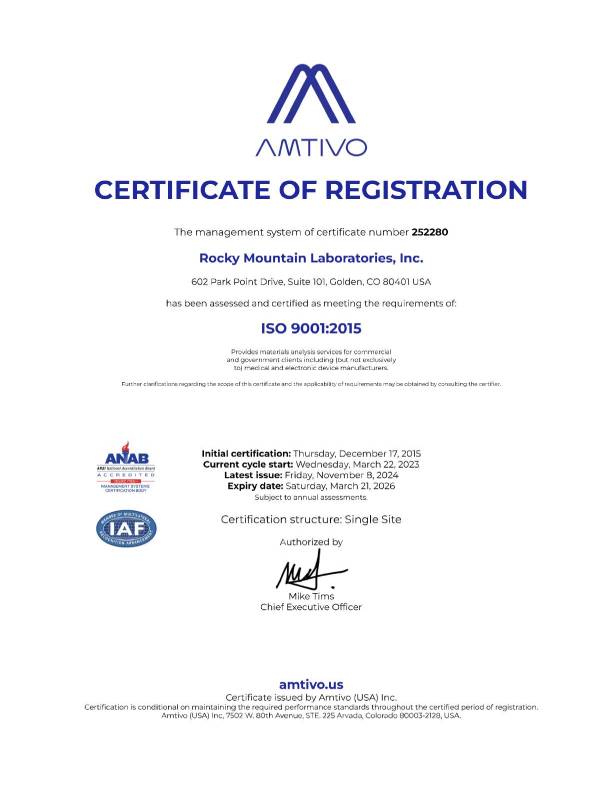Infrared spectroscopy is a technique used to analyze the interaction of matter with infrared radiation. There are two main types of infrared spectroscopy: regular (dispersive) infrared spectroscopy and FTIR (Fourier Transform Infrared) spectroscopy. Here are the key differences between the two:
- Measurement Principle:
- Regular Infrared Spectroscopy: Also known as dispersive infrared spectroscopy, it involves the use of a dispersive element (such as a grating or prism) to separate the different wavelengths of infrared light. A detector records the intensity of the light at each wavelength to produce a spectrum.
- FTIR Spectroscopy: Utilizes an interferometer to modulate the infrared light and create an interferogram. The interferogram is then Fourier-transformed to obtain the spectrum. This technique provides advantages in terms of speed and signal-to-noise ratio compared to regular infrared spectroscopy.
- Speed:
- Regular Infrared Spectroscopy: Typically takes longer to acquire a spectrum because it measures one wavelength at a time.
- FTIR Spectroscopy: Fourier-transform-based techniques are much faster since they simultaneously acquire the entire spectrum.
- Signal-to-Noise Ratio:
- Regular Infrared Spectroscopy: The signal-to-noise ratio can be lower compared to FTIR, particularly for weak signals.
- FTIR Spectroscopy: Generally offers a higher signal-to-noise ratio, making it advantageous for detecting weaker signals.
- Instrumentation:
- Regular Infrared Spectroscopy: Requires complex and precise mechanical components, such as prisms or gratings, for wavelength selection.
- FTIR Spectroscopy: Utilizes an interferometer, which simplifies the optical system and enhances the overall reliability of the instrument.
- Spectral Range:
- Regular Infrared Spectroscopy: Limited by the range of the dispersive element, and different instruments may cover different spectral ranges.
- FTIR Spectroscopy: Offers a broad spectral range, typically covering both the mid-infrared and near-infrared regions.
- Resolution:
- Regular Infrared Spectroscopy: Resolution is determined by the characteristics of the dispersive element.
- FTIR Spectroscopy: Resolution can be easily adjusted by changing the path difference in the interferometer.
- Sample Handling:
- Regular Infrared Spectroscopy: Samples may require specific preparation methods, such as forming thin films, depending on the technique used (e.g., transmission or reflection).
- FTIR Spectroscopy: Offers various sampling techniques, including transmission, reflectance, and attenuated total reflectance (ATR), providing flexibility in sample handling.
While both regular infrared spectroscopy and FTIR spectroscopy are based on the same fundamental principles, FTIR offers advantages in terms of speed, signal-to-noise ratio, and flexibility in sampling techniques. FTIR has become the dominant technique in infrared spectroscopy due to its improved performance and versatility.



